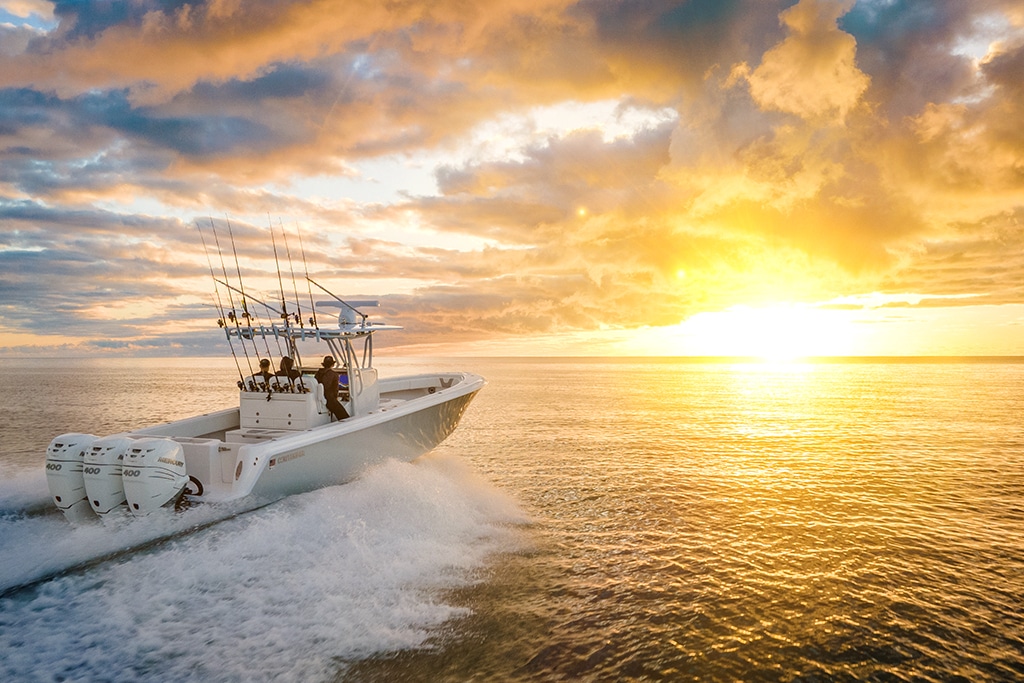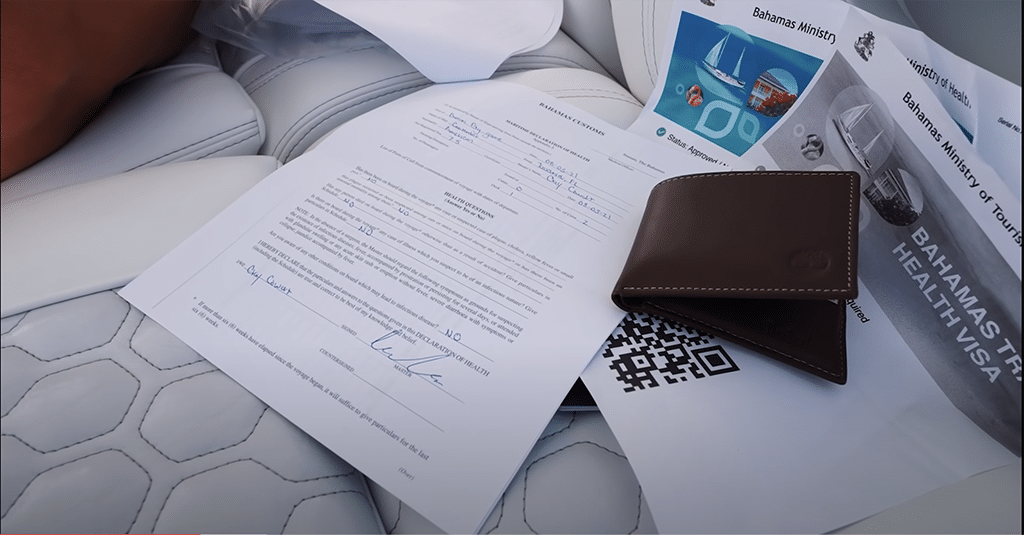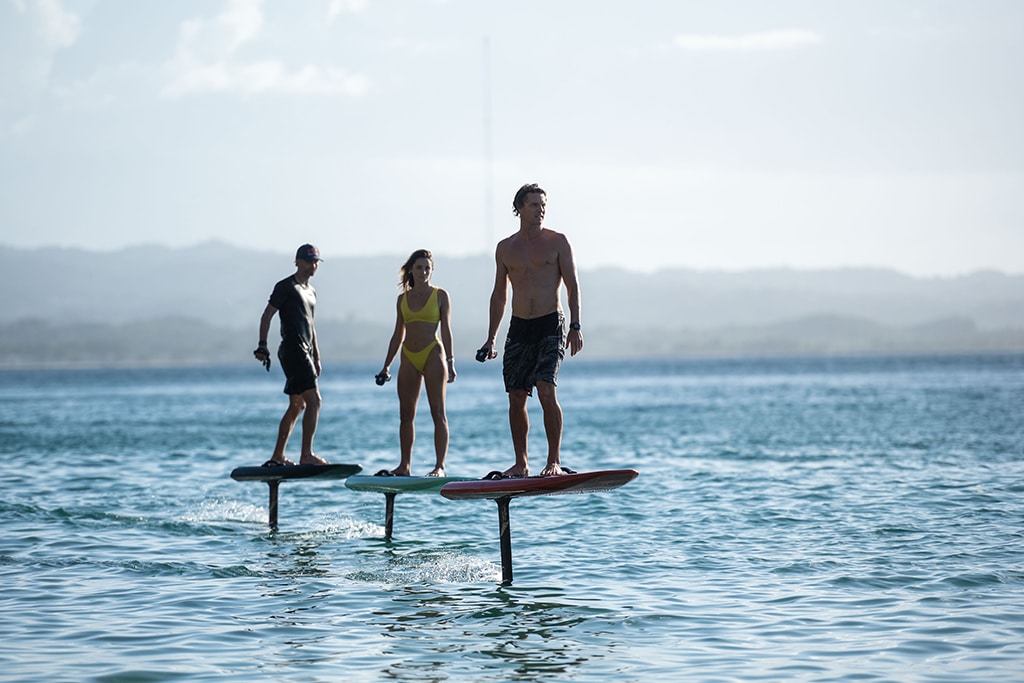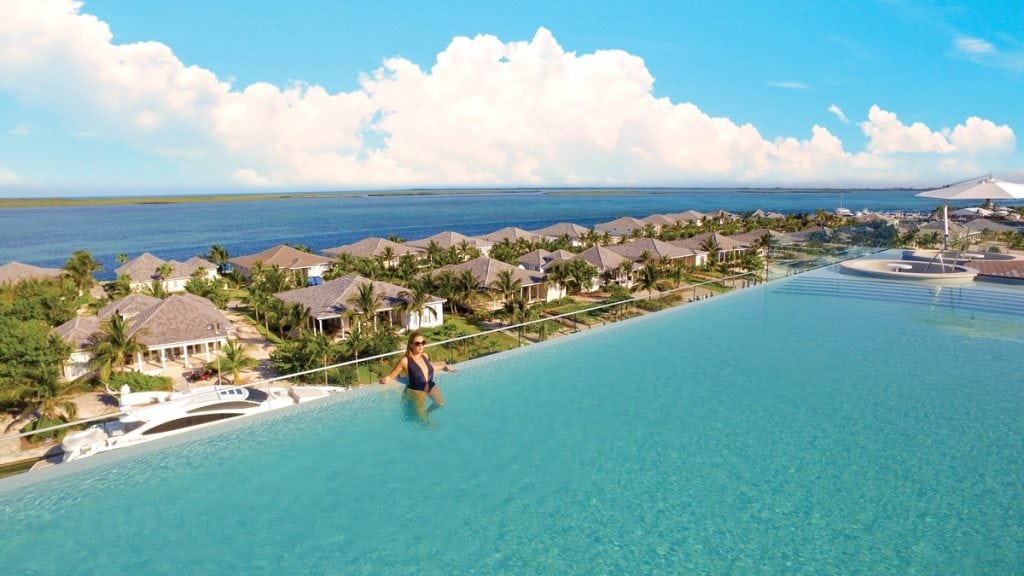Making the Crossing
Be Prepared before you sail to the Bahamas.
Traveling to the Bahamas by boat may seem intimidating with weather, fuel prices, and COVID restrictions, so take the extra steps to prepare before you point the bow east. They’ll be well worth it when you arrive at Customs and Immigration.
Three-day Window
You and your crew need to present negative COVID-19 tests three days prior to your arrival in the Bahamas regardless of your vaccination status. You must also apply for a Bahamian health visa, which can be done online at travel.gov.bs. Make sure everyone aboard has a printed copy of their health visa and negative COVID test along with their passport before the boat leaves the dock. Keep in mind, the Bahamian government constantly updates its travel regulations, so double check that website for the latest protocols before you sail.
Inspect Your Boat
Before any long-range trip, you should rest assured knowing all major components of your boat are functioning. For a first-time boat owner, this can be a very stressful situation because the open ocean coupled with the Gulf Stream current can and will exploit any faults your boat may have and, possibly, your skills. Don’t forget, once you get far enough offshore, there’s no cell service, therefore, it’s imperative to travel with a VHF radio and a satellite communication device in the event of an emergency.
If everything on board checks out well, it’s time to prepare the boat for the crossing. The key is to pack light—only bring what you need to prevent weighing down the boat. Excess weight will negatively affect handling and decrease performance. Strategically plan what to bring because not all supplies are readily accessible in the Bahamas. Your fuel tank should be filled to the brim, especially when island hopping, because fuel isn’t available on every island.
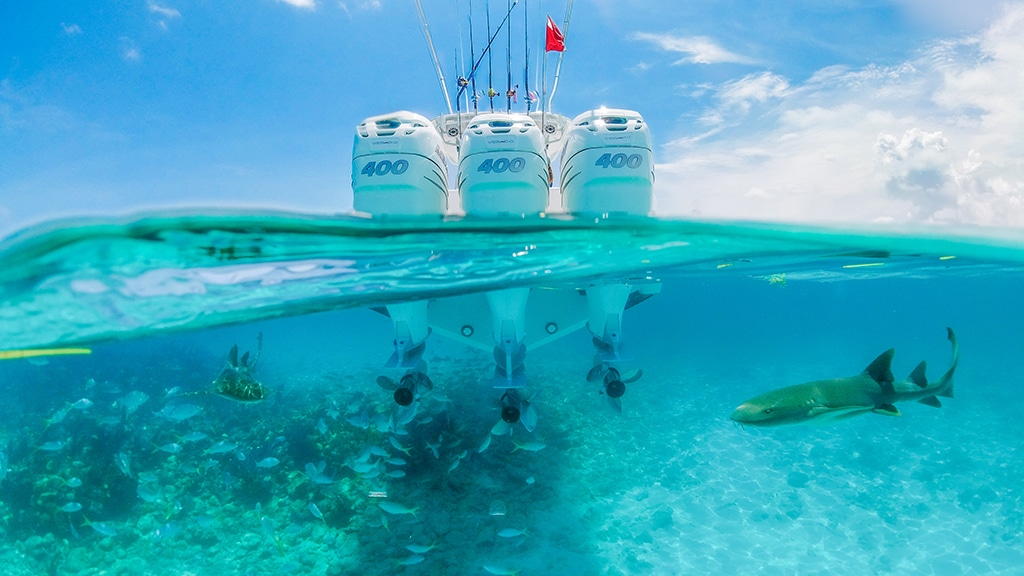
Ideal Conditions
The difficult nature of planning a trip to the Bahamas months in advance is there’s no guarantee of fair weather. Calm seas and clear skies are ideal, but you know how weather can change instantly.
Less-than-perfect conditions happen, and how you handle it comes from experience. A breeze below 10 knots is considered great conditions, especially if the sea state is mild, such as swells two to three feet or less. However, that’s not always the case, so if you feel you and the boat can handle a strong breeze and resulting chop, then the wind direction comes into play.
Between Florida and the Bahamas lies the Gulf Stream current, which flows in a northerly direction. The ideal wind direction then is a southerly because it’s blowing in the same direction as the current. On the flip side, if the wind and current are opposing, the sea state is steep and choppy, and the faster the wind, the rougher the waves. Believe me, it won’t be fun.
Despite what the weather forecast says, always be on the lookout for storms. Thunderstorms pose some serious risks through lightning and gusts of wind that can drastically increase wave heights. It’s a good idea to have a device on board to track storms, such as radar or even a weather app. Knowing how to read the cloud formations is also an advantage. Safety is of prime importance.
Boat Trim is Key
Today, we’re seeing center consoles longer than 60 feet, but that doesn’t change the safety factor. Room aboard, maybe, but a comfortable ride is accomplished with the use of trim tabs. As you drop your trim tabs, hydrodynamics will force the bow down to slice through the waves rather than slamming and riding over the top. However, there’s a trade-off. By using trim tabs, you will reduce fuel efficiency and run the risk of taking waves over the bow. The key is to fine-tune the trim to reach the boat’s optimal performance.
Wave Your Flag
Once you enter Bahamian waters, you must fly a yellow quarantine flag which signifies that you’re entering the territory and you’ve yet to check in. Part of the prep work was to chart your crossing to make the most convenient port of entry. Only the captain is allowed off the boat to present the paperwork to Customs and Immigration; the crew has to stay on board. If not completed online, you’ll need to bring the paperwork back to the boat for the crew to fill out.
Once the paperwork, passports, health visas, and negative COVID tests are accepted, the captain will purchase a cruising permit, which can also be bought online before your arrival. After checking in, switch your yellow quarantine flag to a Bahamas courtesy flag. Then you and your crew can explore the islands from the aft deck or on shore. With plenty to see and do, you might want to make time for both.
-by Clay Cowart


